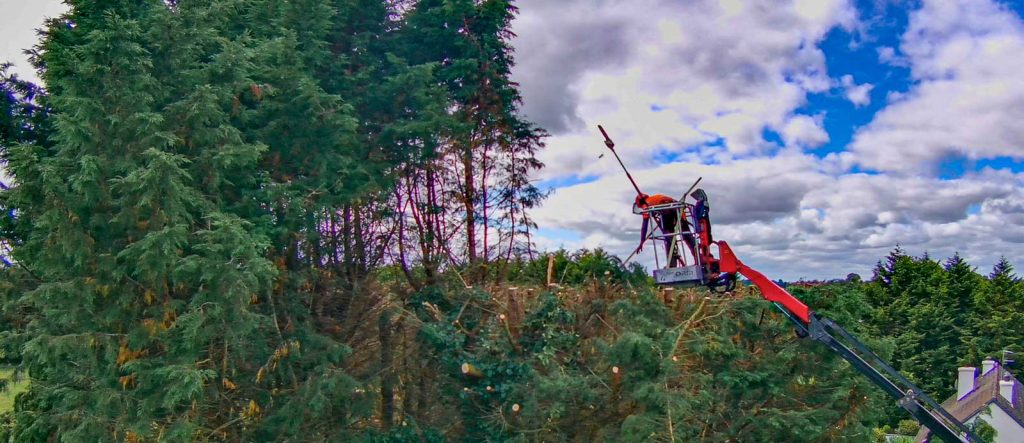Carried out to improve form and remove defects from trees. This type of pruning is important in standard to semi-mature trees.
CROWN LIFTING
Removal of lower branches to increase clearance beneath the canopy. This is a tree surgery technique that alters the height of the tree’s crown. This procedure is often used to improve the tree’s appearance and allow for easier maintenance. Crown lifting should only be performed by a certified arborist. Improper crown lifting can damage the tree and make it more susceptible to disease or pests.
CROWN THINNING
Removal of secondary branches from within the crown to reduce its density leaving a balanced tree with even growth throughout. This operation also allows for strong winds to move more freely through the tree’s canopy.
Crown thinning is a common tree surgery practice that helps keep trees healthy and looking their best. It involves removing some of the branches from the tree’s crown, which opens up the tree and allows more light to reach its leaves. This can be helpful in situations where a tree is growing too dense, has too many dead branches, or is otherwise in need of some pruning. Crown thinning is a delicate process, however, and should only be done by a qualified tree surgeon.
CROWN CLEANING
A remedial operation for the removal of all defects i.e. dead wood, diseased, crossing, rubbing branches, etc., and allow light into the canopy which increases photosynthesis. This will also help to reduce the wind resistance of the tree, helping to prevent storm damage.
Crown cleaning is also conducted to thin out the density of a tree’s foliage. This is often done to fruit trees in order to increase the size and quality of the fruit. It can also be done to ornamental trees to improve their appearance.
CROWN REDUCTION AND RESHAPING
Removal of outer branches back to suitable growth points to reduce the crown’s overall size, or selected areas to reshape asymmetrical crowns. These pruning cuts are generally made at a sloping angle away from the main stem. Reducing the crown size helps to restore the tree’s natural shape, and can also be done to reduce wind resistance or to allow more light through.








